Category: Blog
-
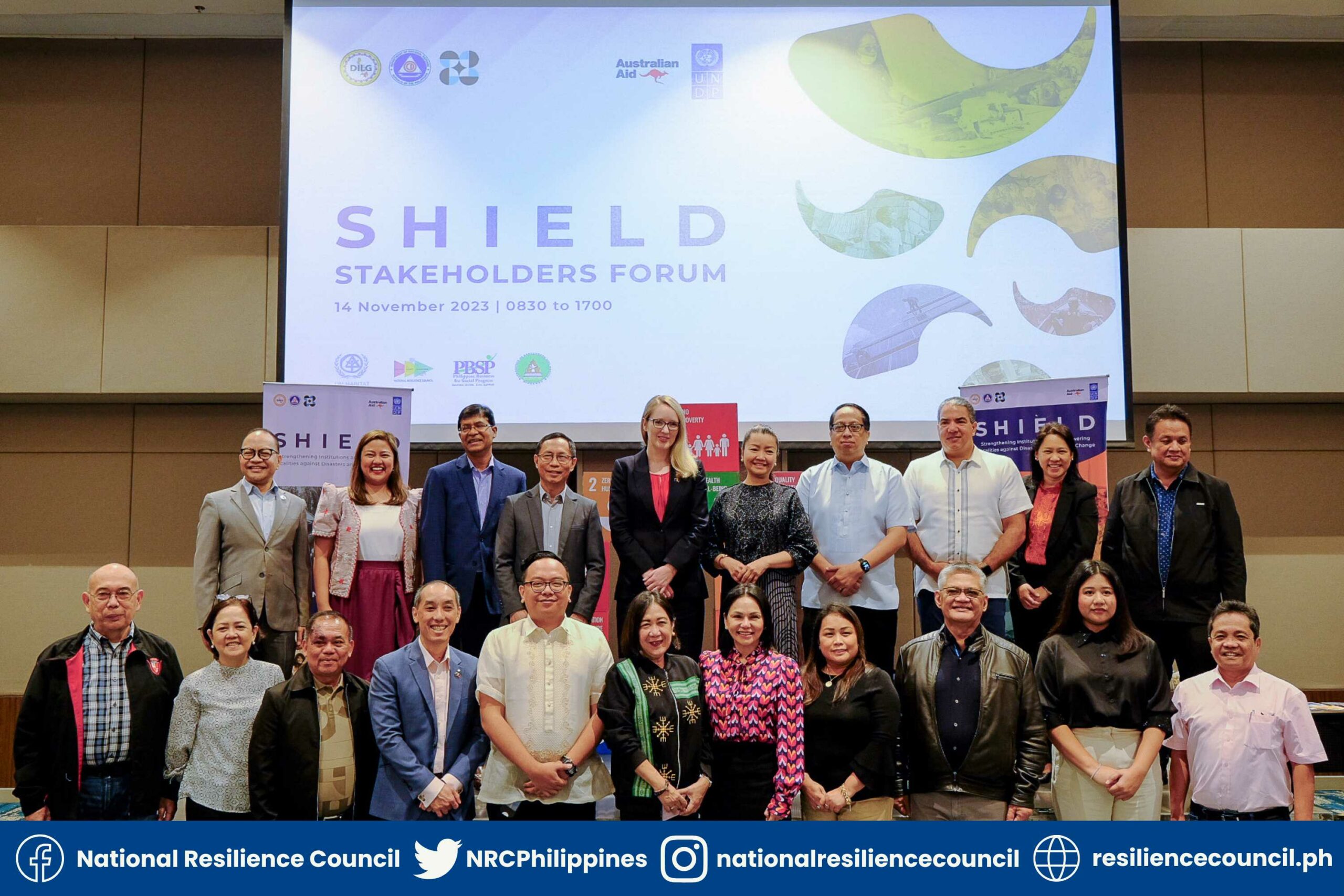
SHIELD First Annual Stakeholders Forum
LOOK: NRC, UNDP, SHIELD Consortium Partners attend the 1st Annual Stakeholders Forum Hosted by Australian Government, the Department of Interior and Local Government (DILG), and the United Nations Development Programme (UNDP), the National Resilience Council (NRC), together with Strengthening Institutions and Empowering Localities against Disasters and Climate Change (SHIELD) Programme Consortium partners, attended the first…
-
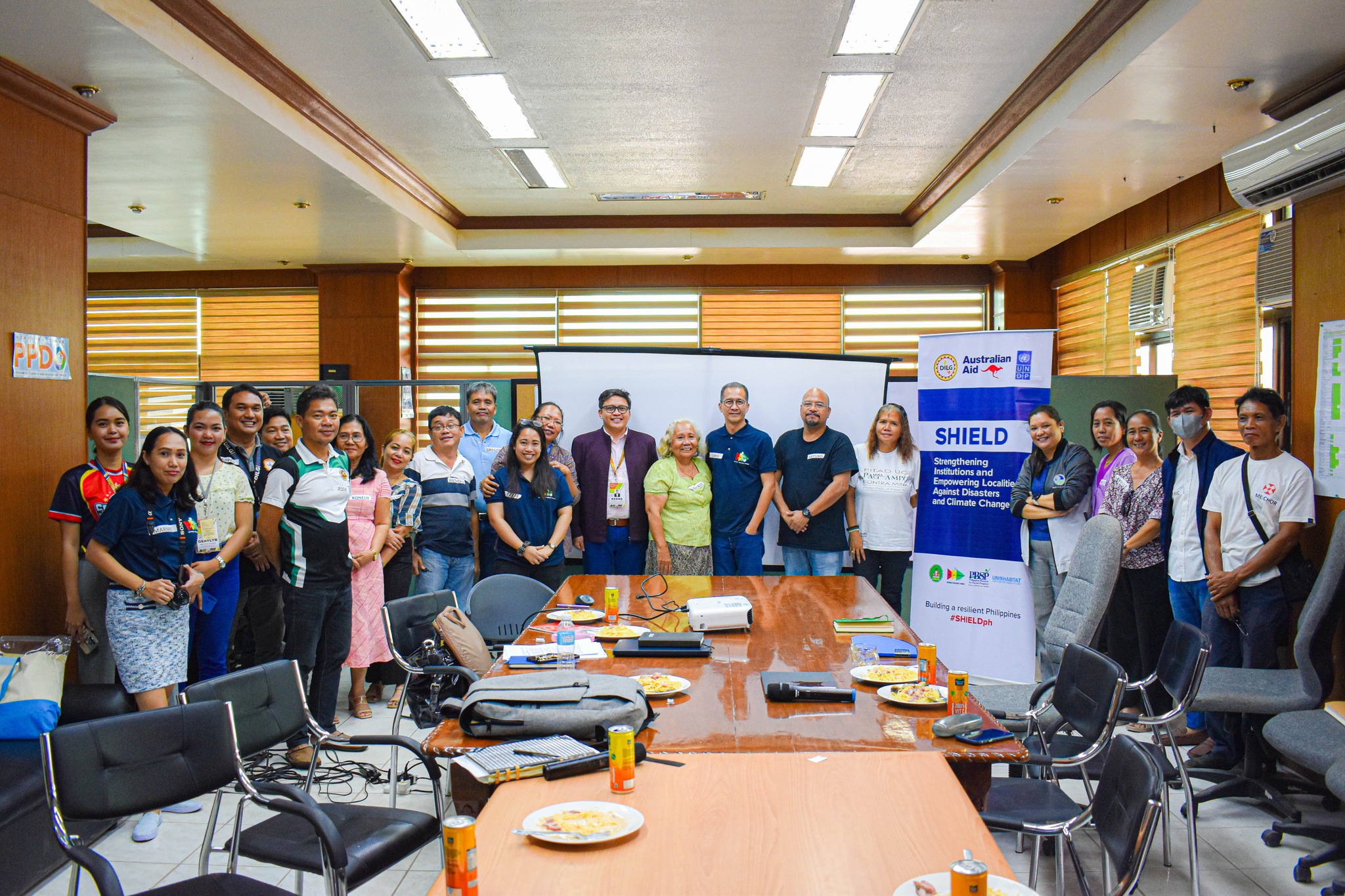
Northern Samar SAMBAYANIHAN Convening
LOOK || Paunan-o Titindugon an Sambayanihan: A round-table discussion The National Resilience Council (NRC) in close coordination with the Provincial Government of Northern Samar (PGNS) convened earlier today, November 8, 2023, for the Sama-Samang mga Samahan para sa Isang Matatag na Bayan (SAMBAYANIHAN) meeting with various stakeholders at the Provincial Planning and Development Office Conference…
-
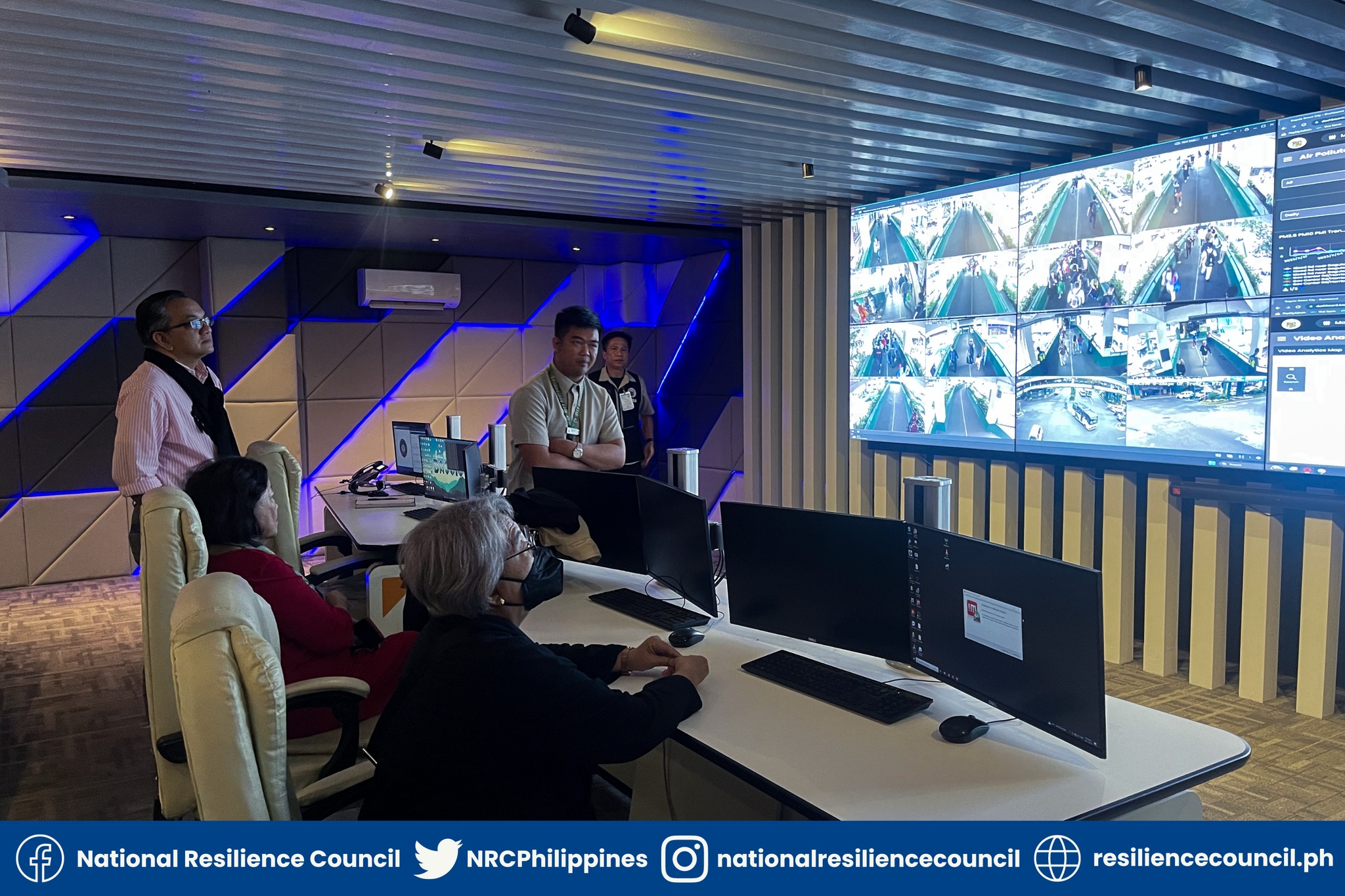
Courtesy Visit to Baguio City Mayor
Following the courtesy meeting with Mayor Benjamin Magalong, the staff and Resilience Fellows visited the Smart City Command Center of Baguio City last November 7, 2023. Established in 2018, the city of Baguio took a significant step towards enhancing the services provided to residents and tourists. With the goal of being part of the most…
-
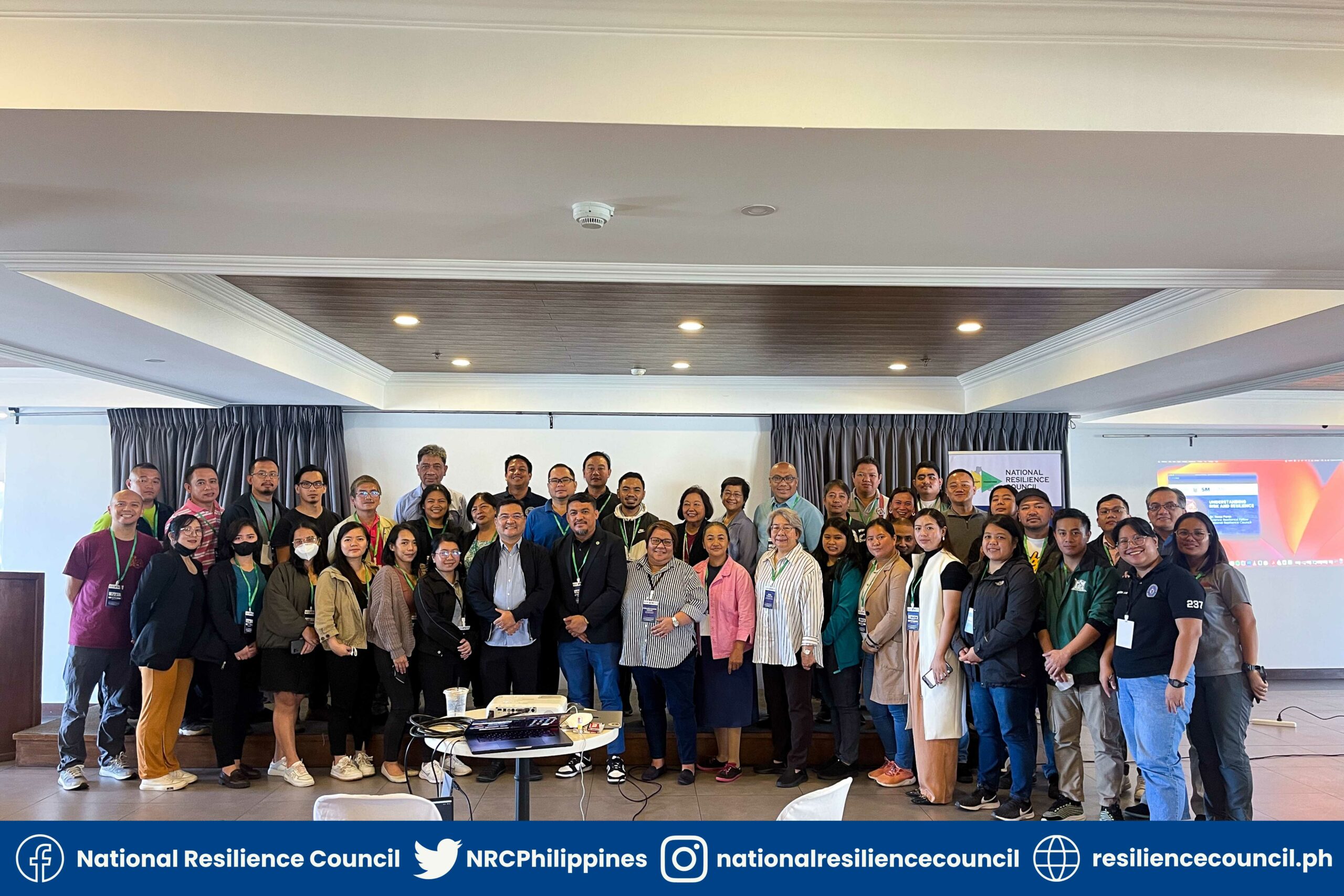
Baguio Resilience 101
ICYMI: NRC, Baguio City, held first step towards resilience To take the first steps in their resilience journey, the National Resilience Council and the city government of Baguio hosted the Resilience 101 last November 7, 2023 in Ritz Legarda Hotel, Baguio City. The Resilience 101 is one of the first steps taken for a more…
-
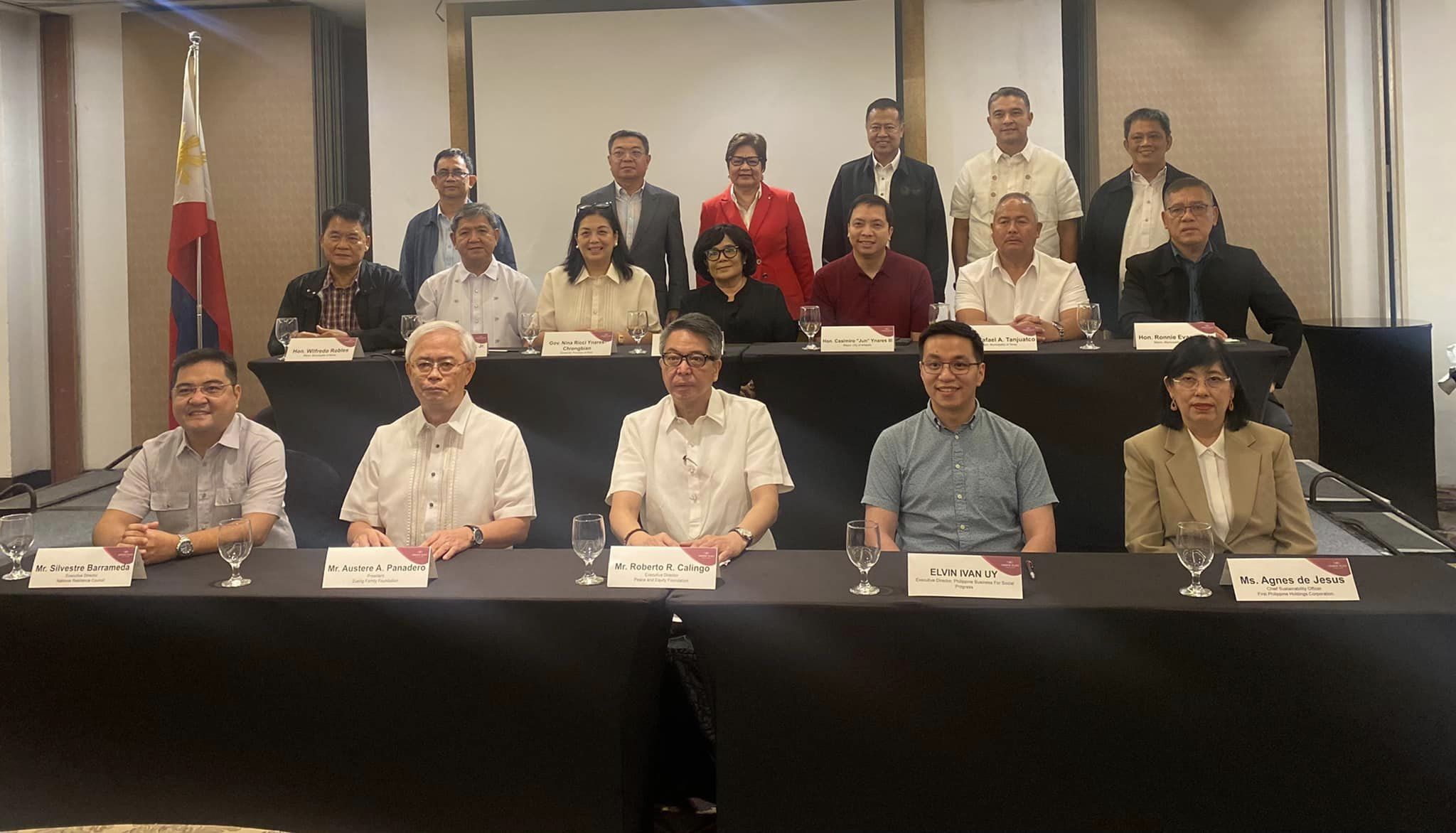
TRANSFORM “Formal Launching”
Quezon City – PEF Executive Director Roberto Calingo and Deputy Executive Director Cauchie Garcia joined the launch of Project TRANSFORM for the province of Rizal at Crown Plaza, Ortigas on October 20, 2023. The Transdisciplinary Approach for Resilience and Environmental Sustainability through Multistakeholder Engagement or Project TRANSFORM aims to enhance disaster preparedness, achieve sustainable development…
-
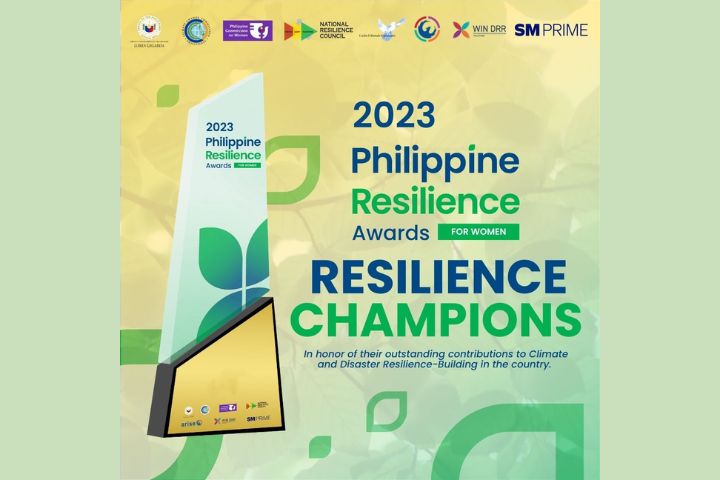
2023 Philippine Resilience Awards for Women
Meet this year’s Philippine Resilience Awards for Women – Resilience Champions! These Resilience Champions, hailing from diverse backgrounds, are women leaders who have made significant contributions to disaster risk reduction and resilience-building efforts in their respective communities, all while facing complex and systemic challenges. 2023 Philippine Resilience Awards for Women awardees include the following: Dr.…
-
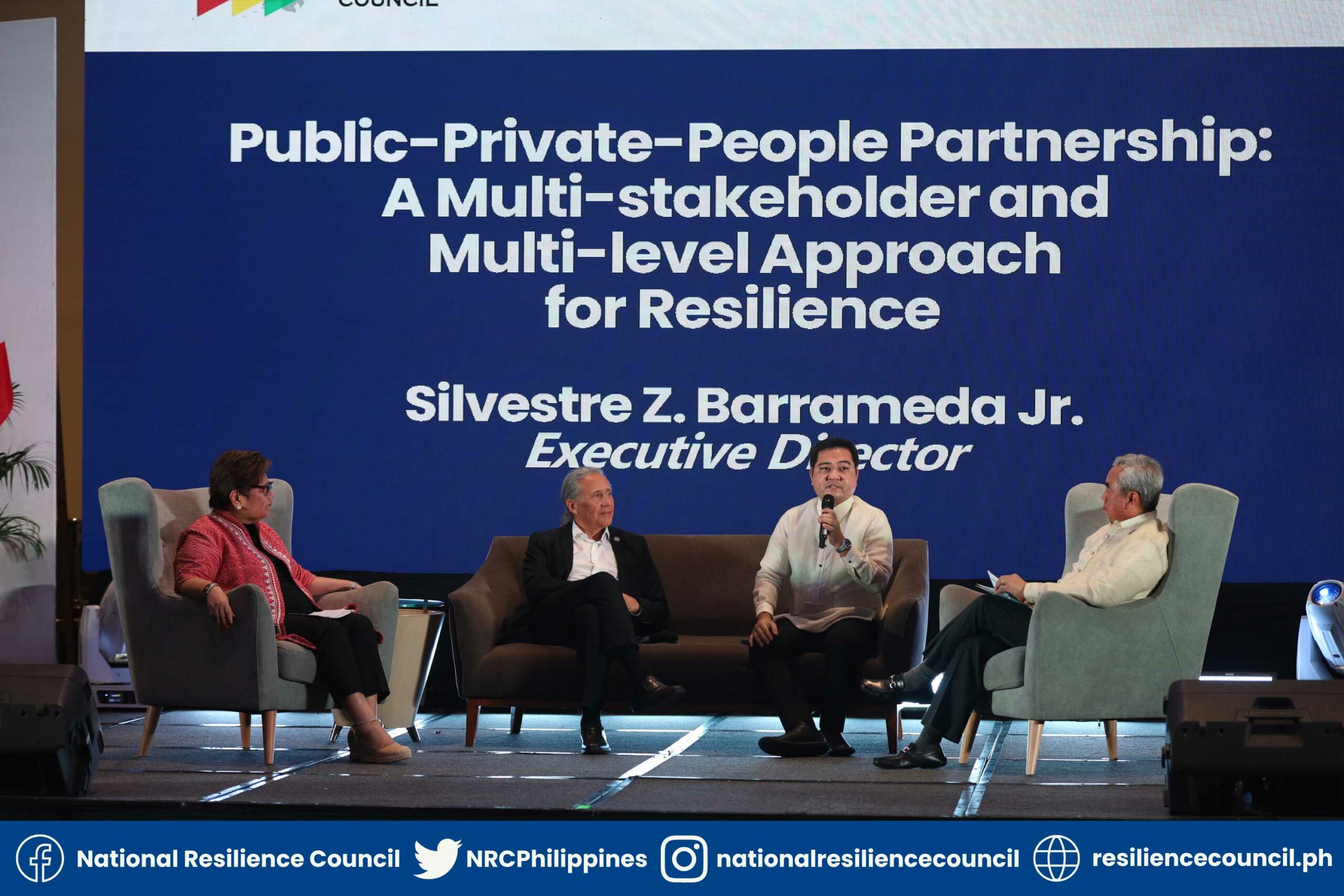
10th Top Leaders Forum
ICYMI: National Resilience Council’s Executive Director, Silvestre Z. Barrameda Jr., presented Public-Private-People Partnerships: A Multi- stakeholder and Multi-level Co-creation Approach for Resilience at the panel discussion during the recently held 10th Top Leaders Forum last October 13, 2023 at the SMX Convention Center in Pasay City. The topic of Public-Private-People Partnerships is part of the…
-
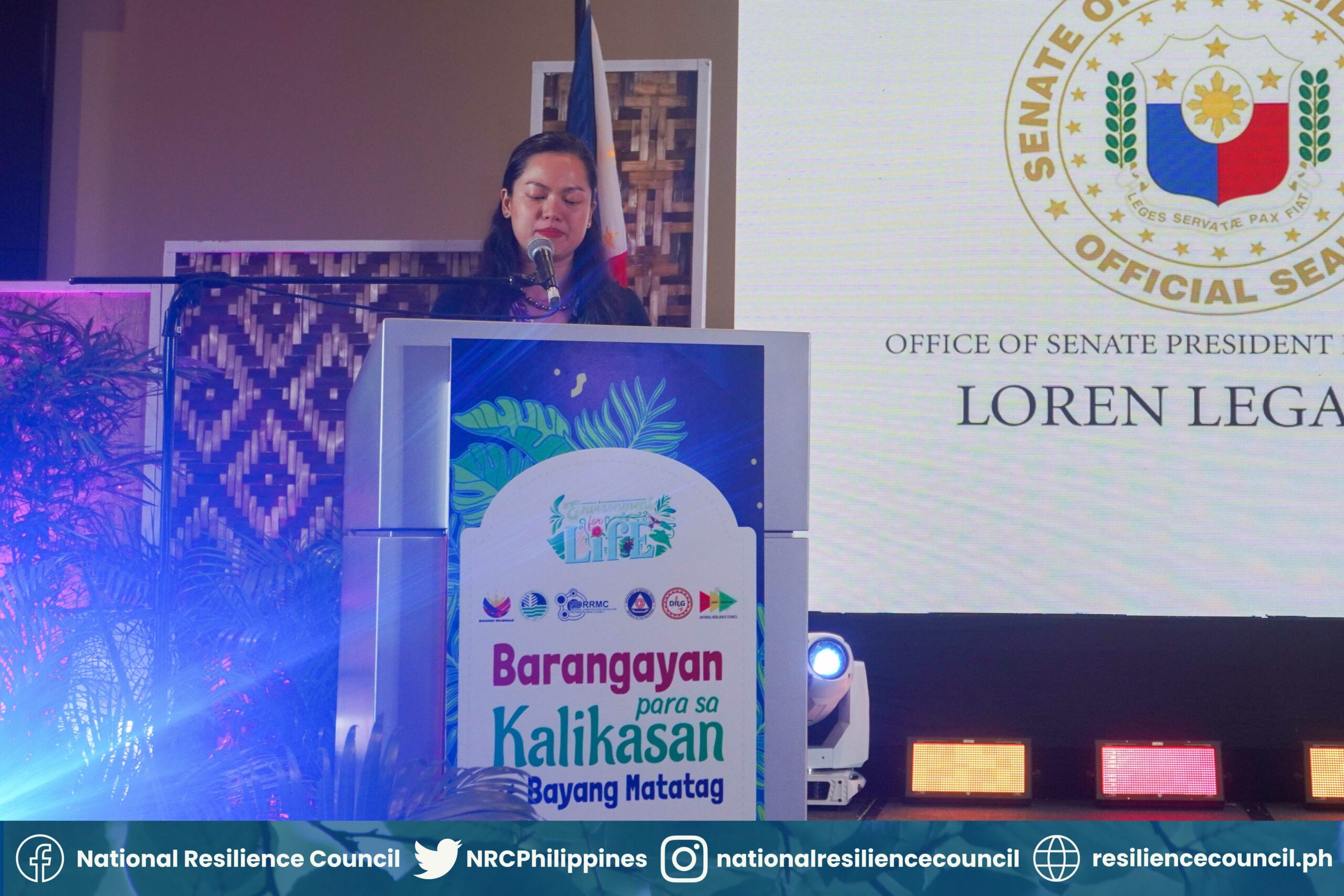
PRA for Women “Awarding Ceremony”
Last October 12, 2023, the National Resilience Council (NRC), in partnership with the Office of Senator Loren Legarda, Climate Change Commission of the Philippines (CCC), Philippine Commission on Women (PCW), Carlos P. Romulo Foundation, ARISE Philippines, Women’s International Network on Disaster Risk Reduction (WIN DRR), and SM Prime Holdings, honored outstanding women leaders during the…
-
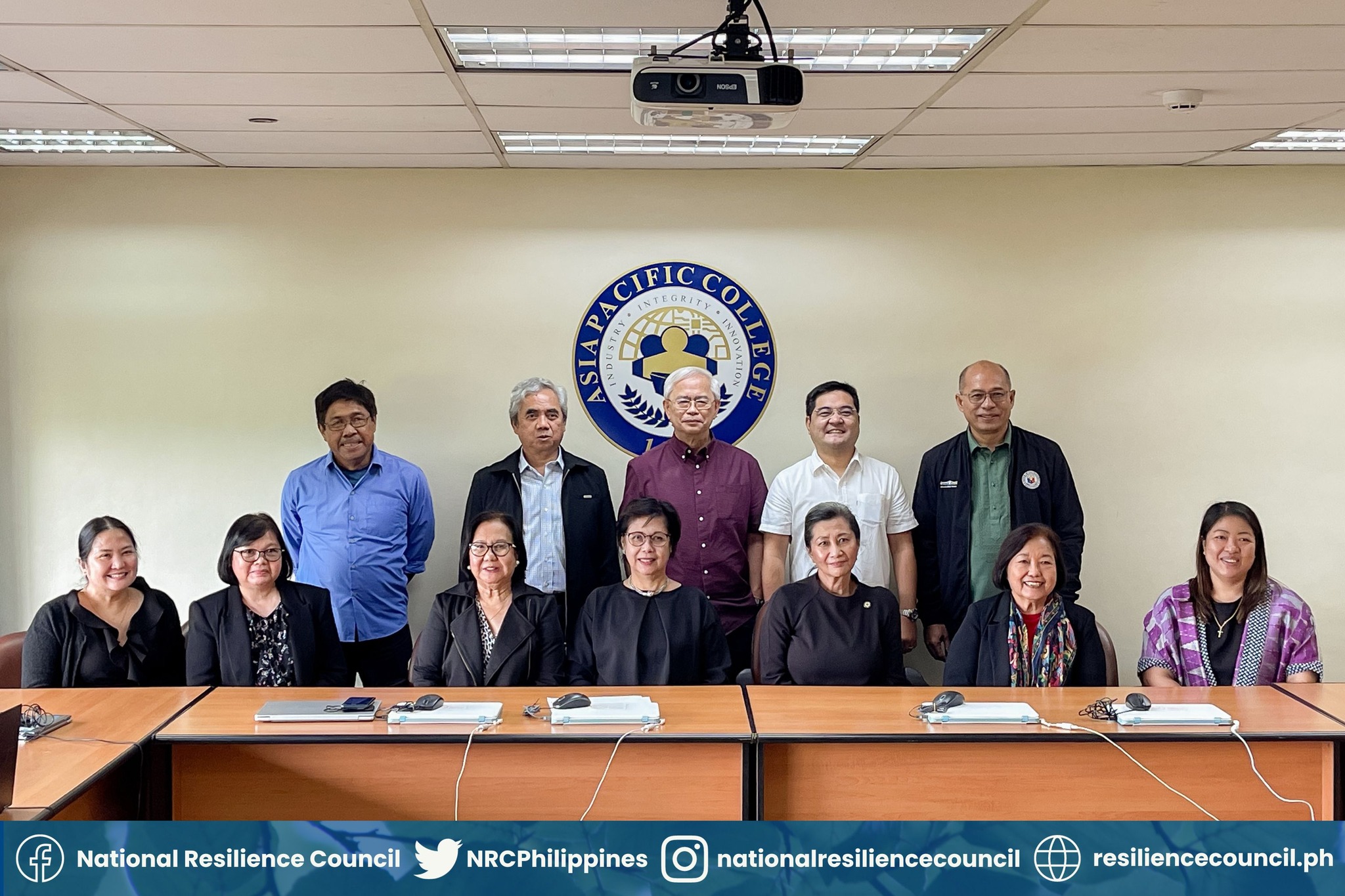
Deliberation and selection of finalists for 2023 Philippine Resilience Awards for Women
ICYMI: Last October 5, 2023, the Awards Selection Committee convened at the Asia Pacific College in Makati City to deliberate and select the finalists of this year’s Philippine Resilience Awards for Women. Know more about the Selection Committee Members here: https://bit.ly/PhilResAwardsSelectionCommittee Stay tuned for the announcement of Top 20 finalists! #PhilippineResilienceAwards2023#PhilippineResilienceForWomen#ResilientPH#Bridgingleadership#BounceForwardTogether